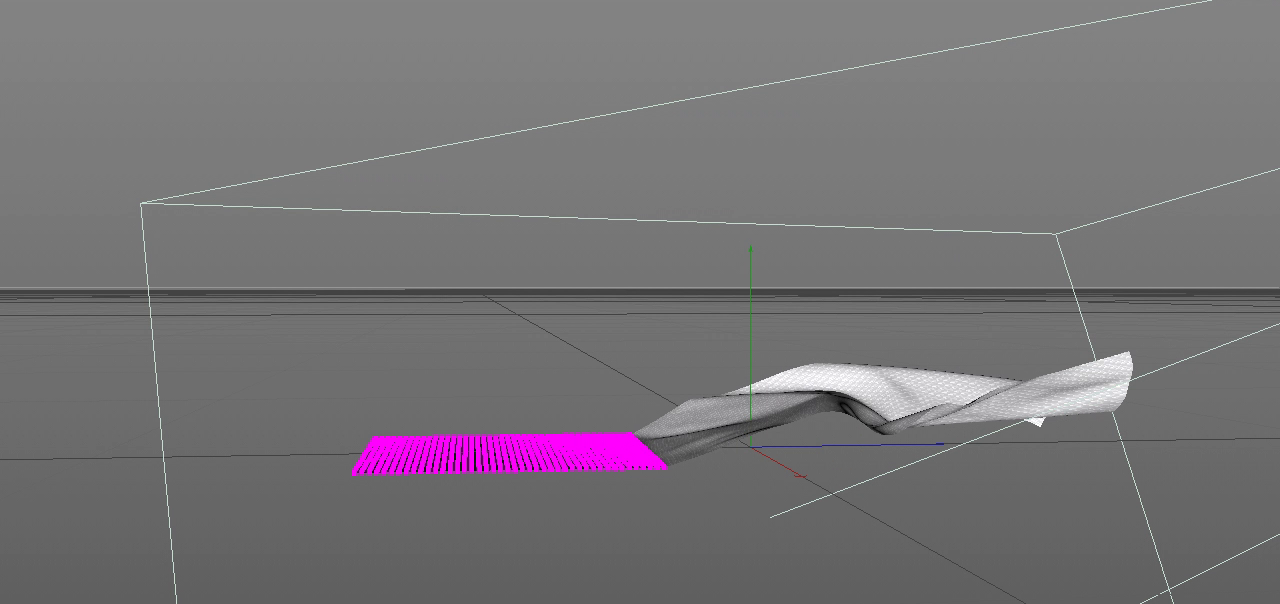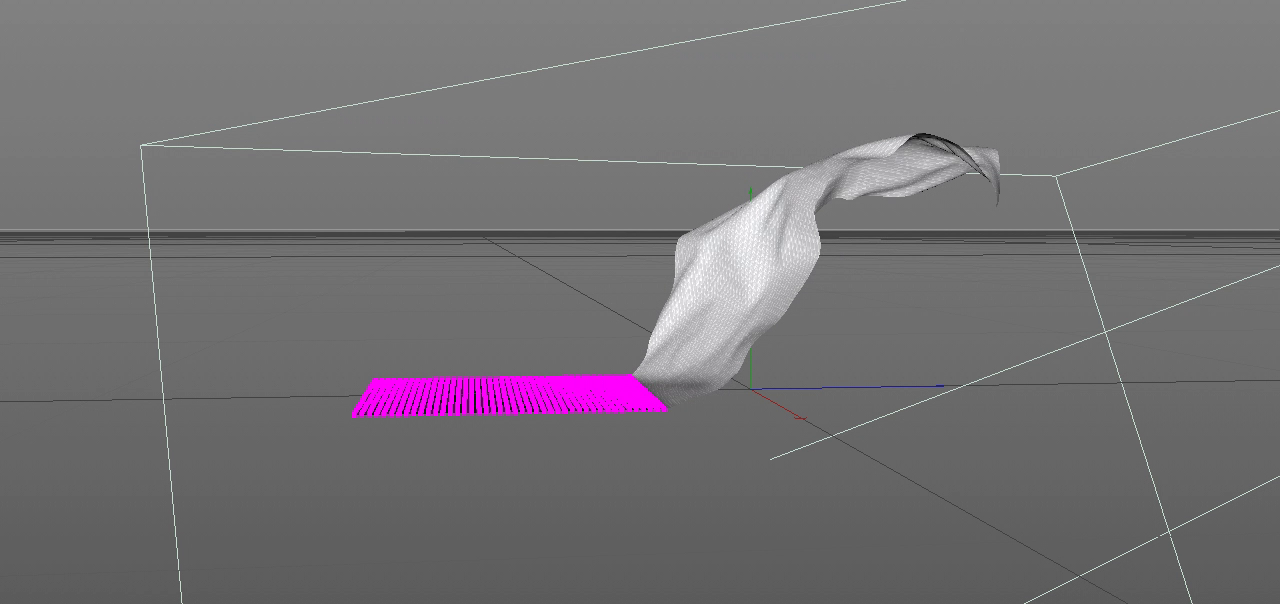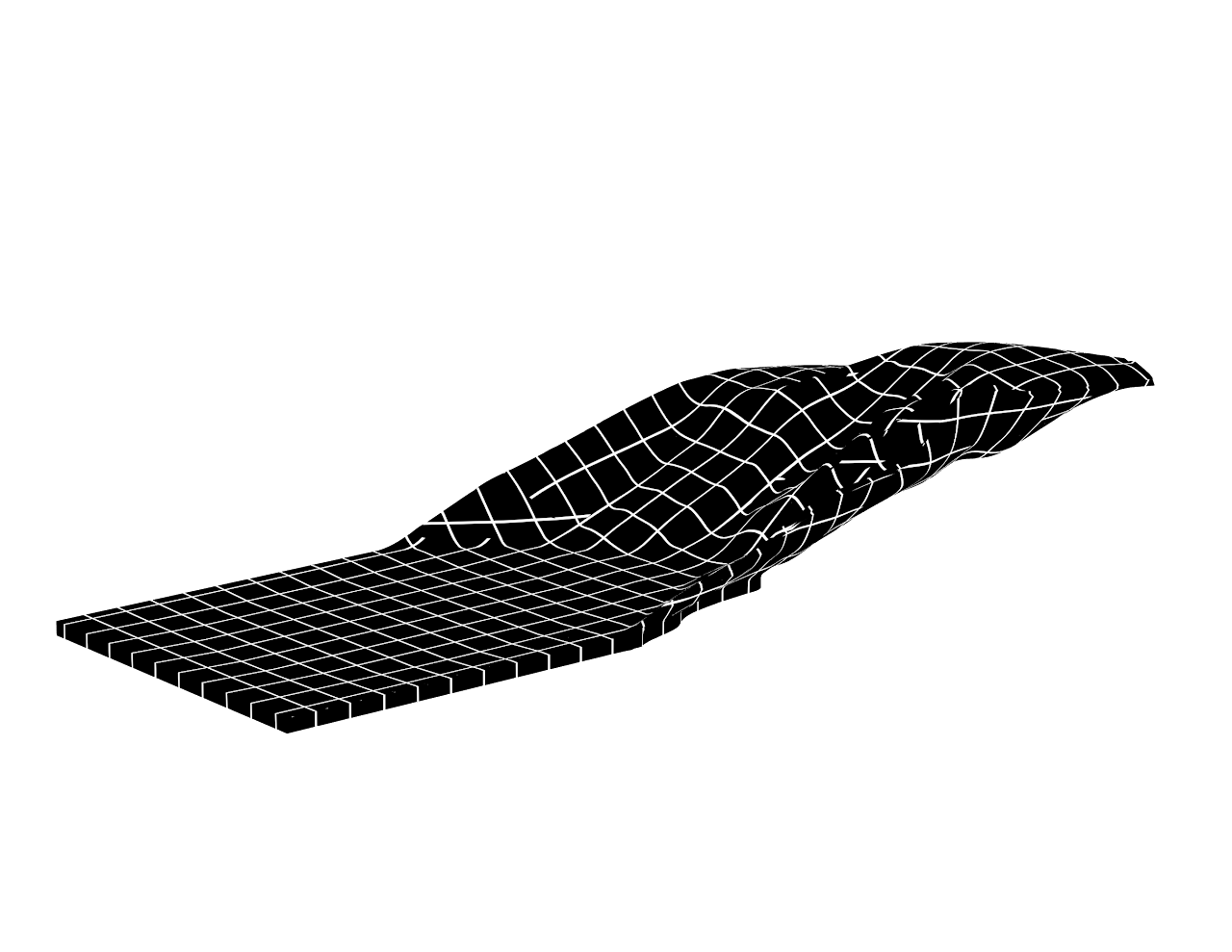Reprisé

Product and Poetry
Mixing digital design techniques with traditional porcelain making
Reprisé is a porcelain transfer object, a tray for the exchange of meaningful messages
Reprisé posesses a rather wistful, vanitas-related aura. With its petrified dynamic, the tray appears nearly spectral.
Mixing digital design techniques with traditional porcelain making
Reprisé is a porcelain transfer object, a tray for the exchange of meaningful messages
Reprisé posesses a rather wistful, vanitas-related aura. With its petrified dynamic, the tray appears nearly spectral.
The gentle movement of an upward breeze, frozen to a white sheen.
A fugitive eternity that appears in a whisper. Reprise. An upswing.
The continuation of forces between two moments of tension.
The body seems to be lifting, subjecting to the forces of wind, but not yet able to oppose gravity. Standstill. A petrified moment.
An irritation.
Time and gravity are distorted. Fascination. Sublime at first glance, challenging at second glance. And yet fleeting.


Reprise can serve as a messenger.
The almost sacral appearance demands meaning of the message and can not be used carelessly.
Traditional porcelain-production was confronted with CAD-techniques, resulting in an object that was simulated in a computer, printed by a 3D-Printer, cast in gypsum and finally cast in real porcelain. The wind simulation created details and physical accuracy which emphasizes the mesmerism radiating from the tray. Despite the high amount of digital input and manufacturing steps, the result is a highly emotional object.
The almost sacral appearance demands meaning of the message and can not be used carelessly.
Traditional porcelain-production was confronted with CAD-techniques, resulting in an object that was simulated in a computer, printed by a 3D-Printer, cast in gypsum and finally cast in real porcelain. The wind simulation created details and physical accuracy which emphasizes the mesmerism radiating from the tray. Despite the high amount of digital input and manufacturing steps, the result is a highly emotional object.
A digital wind simulation as basis for the object's shape







Through computer aided design and rapid prototyping we tried to enable the traditional process of porcelain casting to develop new qualities.
We developed digital models, recreated them in
3D-printers and produced gypsum molds by casting them.
We then cast porcelain into the molds,
fired and glazed it.
We developed digital models, recreated them in
3D-printers and produced gypsum molds by casting them.
We then cast porcelain into the molds,
fired and glazed it.
